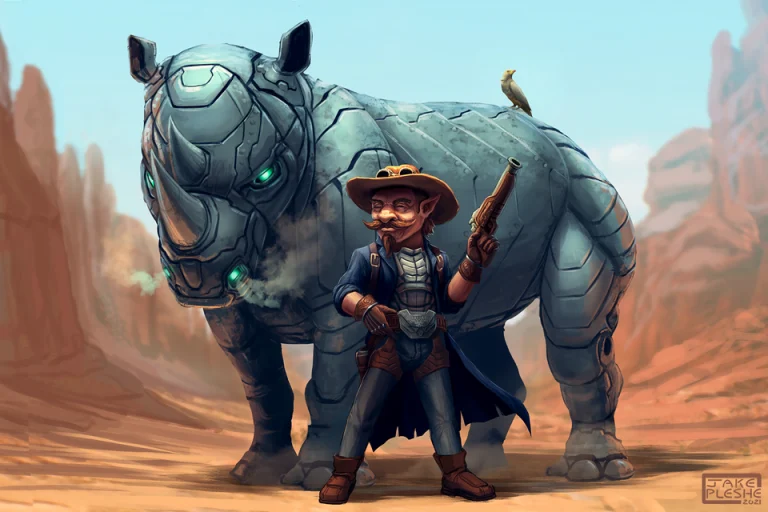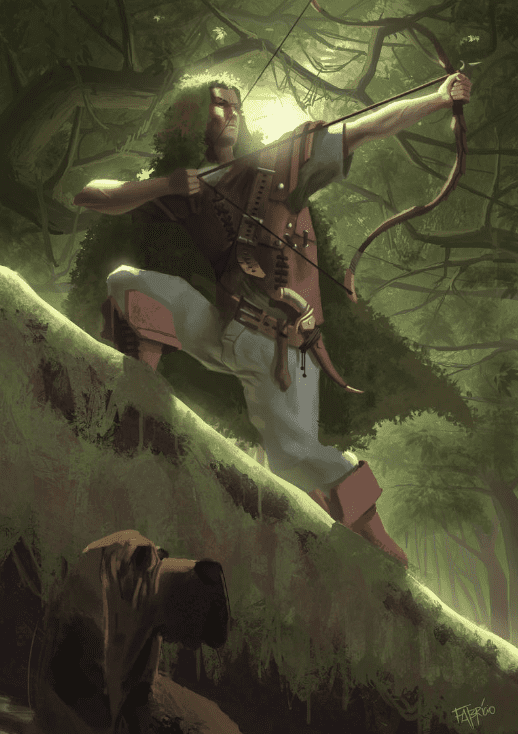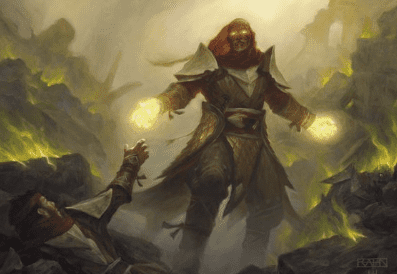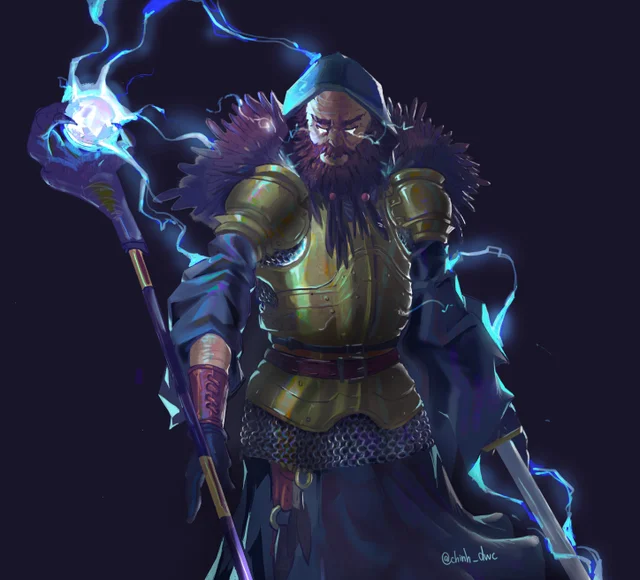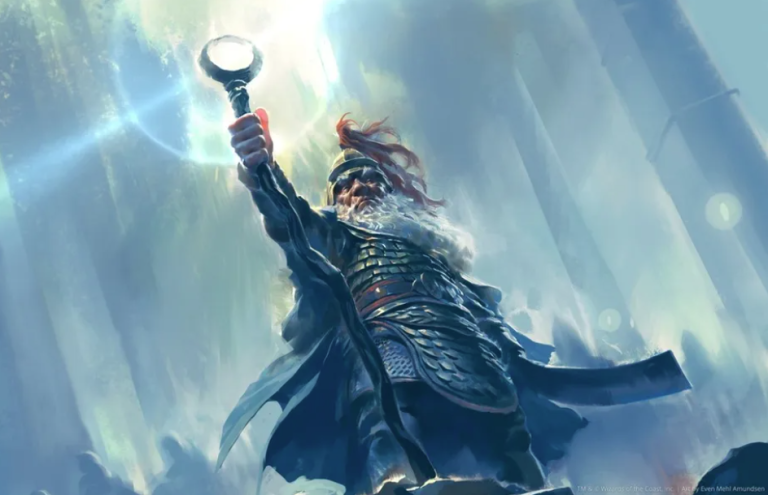D&D 5e: Way of Shadow Monk Guide
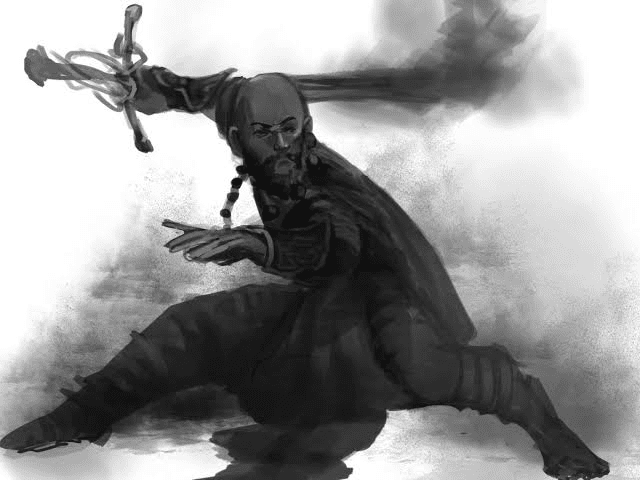
D&D 5e: Way of Shadow Monk Guide
Role in the Party
The Way of Shadow Monk is a darkness and stealth-themed monk; the subclass description even says that they might be called ninjas or shadow dancers and that they serve as spies and assassins. Your features help with this to some degree.
The Way of Shadow has some potent features, but the problem is that they don’t synergize very well with the core monk features. Slap this subclass on a rogue and it would be fantastic, but in the end, the Way of Shadow monk is mostly just okay, aside from some unusual monk builds that cast aside some core monk features to focus on other things.
Epic
Good
Meh
Bad
The Way of Shadow Monk subclass is found in the Player’s Handbook. Click here to pick up your own copy of the Player’s Handbook!
Way of Shadow Monk Features
Shadow Arts
Starting when you choose this tradition at 3rd level, you can use your ki to duplicate the effects of certain spells. As an action, you can spend 2 ki points to cast Darkness, Darkvision, Pass without Trace, or Silence, without providing material components. Additionally, you gain the Minor Illusion cantrip if you don’t already know it.
Five spells ranging from okay to stellar would be great on any other class, but the problem is that except for Minor Illusion, it costs 2/3 of your ki to cast any of these at the level you get this feature. Shadow Arts is a lot better when your ki maximum is a lot higher, but by then you’re running into other problems that plague high level monks like exceptionally low damage.
Pass Without Trace is the best spell here, but Darkvision has an 8 hour duration: you could give darkvision to everyone without it, take a short rest to give you your ki back, and then move on with 7 more hours of the spell remaining. The Darkness spell would be nice if you could see through it, but even if you could, it’s still somewhat problematic since you could screw over your other party members, and some monsters can see through the darkness anyway,
Shadow Step
At 6th level, you gain the ability to step from one shadow into another. When you are in dim light or darkness, as a bonus action you can teleport up to 60 feet to an unoccupied space you can see that is also in dim light or darkness. You then have advantage on the first melee attack you make before the end of the turn.
This is almost a good feature, but it only works in dim light or darkness that you can see in, and worst of all, it conflicts with the martial arts bonus action attack. On most monks, your damage output might go down if you use this, and you’re already fast, so the extra mobility isn’t always a huge deal.
I am still giving this a Good rating because it’s a perfect feature for a strength-based monk wearing plate mail that can’t make bonus action attacks, and the advantage synergizes well with Great Weapon Master.
Cloak of Shadows
By 11th level, you have learned to become one with the shadows. When you are in an area of dim light or darkness, you can use your action to become invisible. You remain invisible until you make an attack, cast a spell, or are in an area of bright light.
This is only useful for either getting advantage on your first attack in combat or for sneaking around out of combat. If you want to sneak around out of combat, just have the wizard cast Invisibility on you.
Opportunist
At 17th level, you can exploit a creature’s momentary distraction when it is hit by an attack. Whenever a creature within 5 feet of you is hit by an attack made by a creature other than you, you can use your reaction to make a melee attack against that creature.
This is a straight damage boost for you, but the problem is that it’s not enough to make your damage good. At least you can make your damage less mediocre.
Strengths
You are the stealthiest monk around, and in a group that takes a lot of short rests, you can be a constant source of the Pass Without Trace spell. Even though you usually can’t sustain your entire build on one spell alone, a campaign taking place largely in an outdoor jungle with outdoor combat encounters is an amazing chance to get surprise with Pass Without Trace, since you can constantly move stealthily and surprise all the enemies.
Weaknesses
Shadow Monks have nothing to improve the mediocre damage of monks in general; you can do okay from levels 1-6, but after that, your effectiveness will start to drop dramatically. You also can’t assassinate people like your subclass’s flavor text implies; two punches and two longsword strikes probably won’t kill that enemy warlord in his sleep.
Best Race Options
The new Astral Adventurer’s Guide Hadozee has arm flaps that allow you to glide. At the time of writing, there are some questions about how effective the Glide feature is meant to be for moving around in combat, but ignoring that, this turns you into monkey batman. Hadozee Resilience will also protect you, especially at lower levels.
If you win initiative, a level 5 Bugbear can get 8d6 extra damage by unleashing their attack action and a Flurry of Blows. Long Limbed also lets you run away from most enemies after hitting them, and there are a few more useful features.
Even if you can’t always hit hard, you can still be ridiculously fast; the classic Tabaxi speed build can be fun since Tabaxi can double their speed for a round and monks are already a bit faster than normal characters.
Choosing the Right Skills
Stealth proficiency is mandatory; you have high dexterity, and you’re a ninja-themed character. Combine with Pass Without Trace for extreme bonuses to stealth. You should also take Acrobatics for ninja flips and for escaping grapples, and Sleight of Hand may be useful for some parties.
Perception is the most important skill in the game, so be proficient in it; you may also consider Medicine if you want to have a knowledge of vital body spots, Survival if you lurk in forests to ambush people, and Animal Handling if your edgy Shadow Monk has a soft spot for kittens.
Athletics will let your ninja be decent with a lot of physical activities since not everything lets you use Acrobatics.
Fitting Feats
Eldritch Adept or Fighting Initiate both offer ways of seeing through your own magical darkness but make sure to use the darkness/devil’s sight strategy responsibly.
The Lucky feat will help you pass saving throws in emergencies, whether it’s a wisdom save against a horrible effect, or a concentration save to keep concentrating on an important Darkness or Silence spell.
Great Weapon Master may seem like an unusual choice, but Shadow Monk is the ideal chassis for a strength-based heavy weapon monk due to the decent level 3 and 6 features; you’re not much better than a normal monk, but you can squeeze out some slightly better damage, especially at level 7.
Optimal Backgrounds
City Watch allows you to be a ninja cop. Yep.
Faceless allows you to be a shadowy superhero sort of person; combine with Hadozee, and…
Urban Bounty Hunter is a standard ninja assassin background, but if you start the campaign at a low level, you probably won’t have a big kill count yet.
Multiclassing Options
One level of Fighter gives you heavy armor proficiency, a fighting style, second wind, and proficiency in the maul and greatsword; this is mandatory for a strength-based monk build. Two more levels for Battlemaster will help greatly.
Two levels of Genie Warlock for Devil’s Sight and some other benefits, including extra damage once per turn, isn’t a bad option.
Consider taking Rogue levels eventually; the sneak attack is a way of increasing your damage later on in your career, and the Phantom Rogue is particularly thematic and decently strong.
Would I recommend playing a Way of the Shadow Monk?
If you want to play a monk, this is one of my top recommendations. Monks have some problems in general, but the Shadow Monk can at least be a powerful stealth expert and do some cool edgy anime ninja stuff. You won’t be the most powerful possible character, but some options do exist to make okay shadow monks, and you’ll be fine at an unoptimized table.
If you want to play a scout-type character, Way of the Shadow Monk is actually one of the best stealth characters out there; you’re incentivized to have high dexterity, can hide and move more effectively in darkness, and can bring your friends thanks to Pass Without Trace! The edgy Shadow Monk is better than a rogue for harnessing the power of friendship, even if the ceiling for damage is lower.



